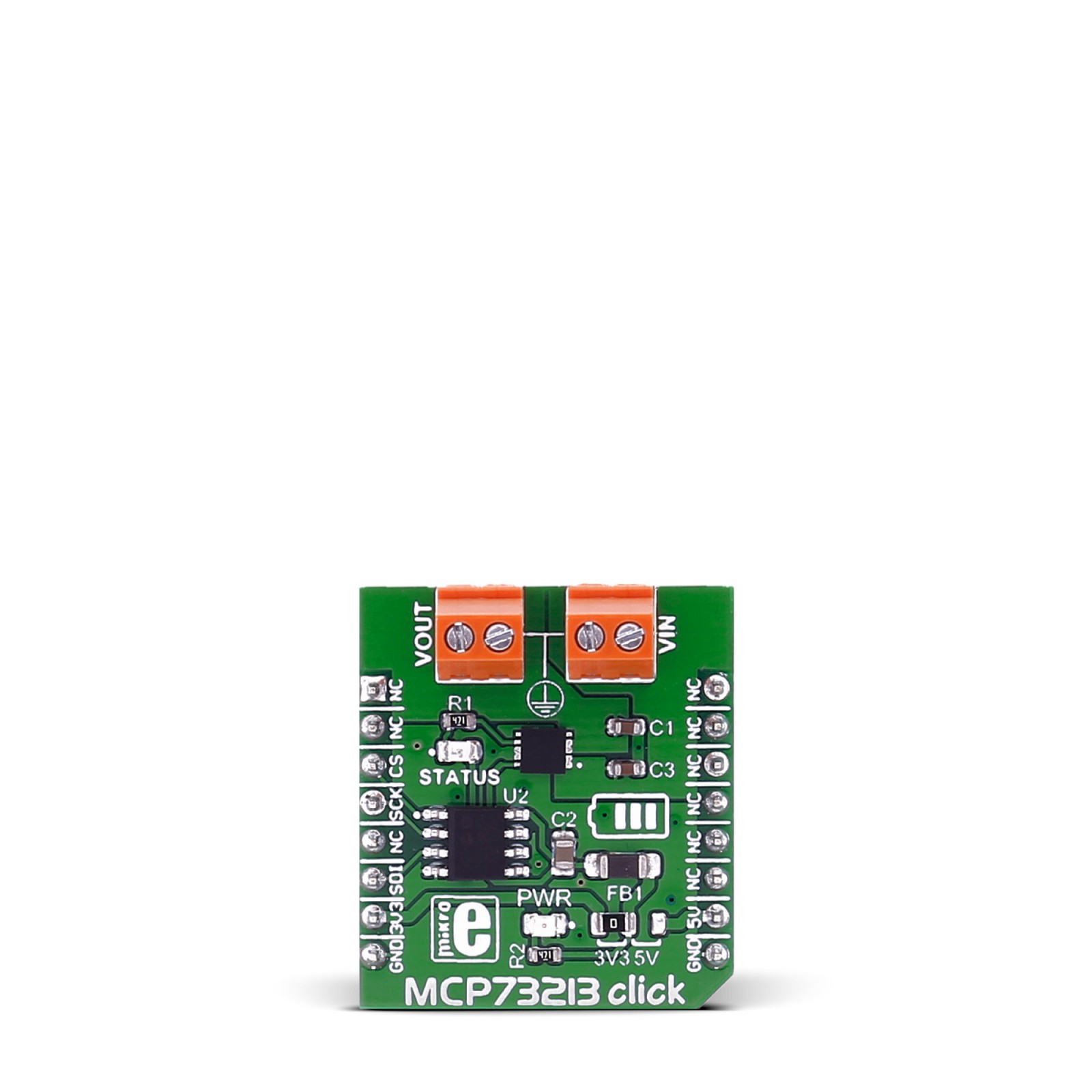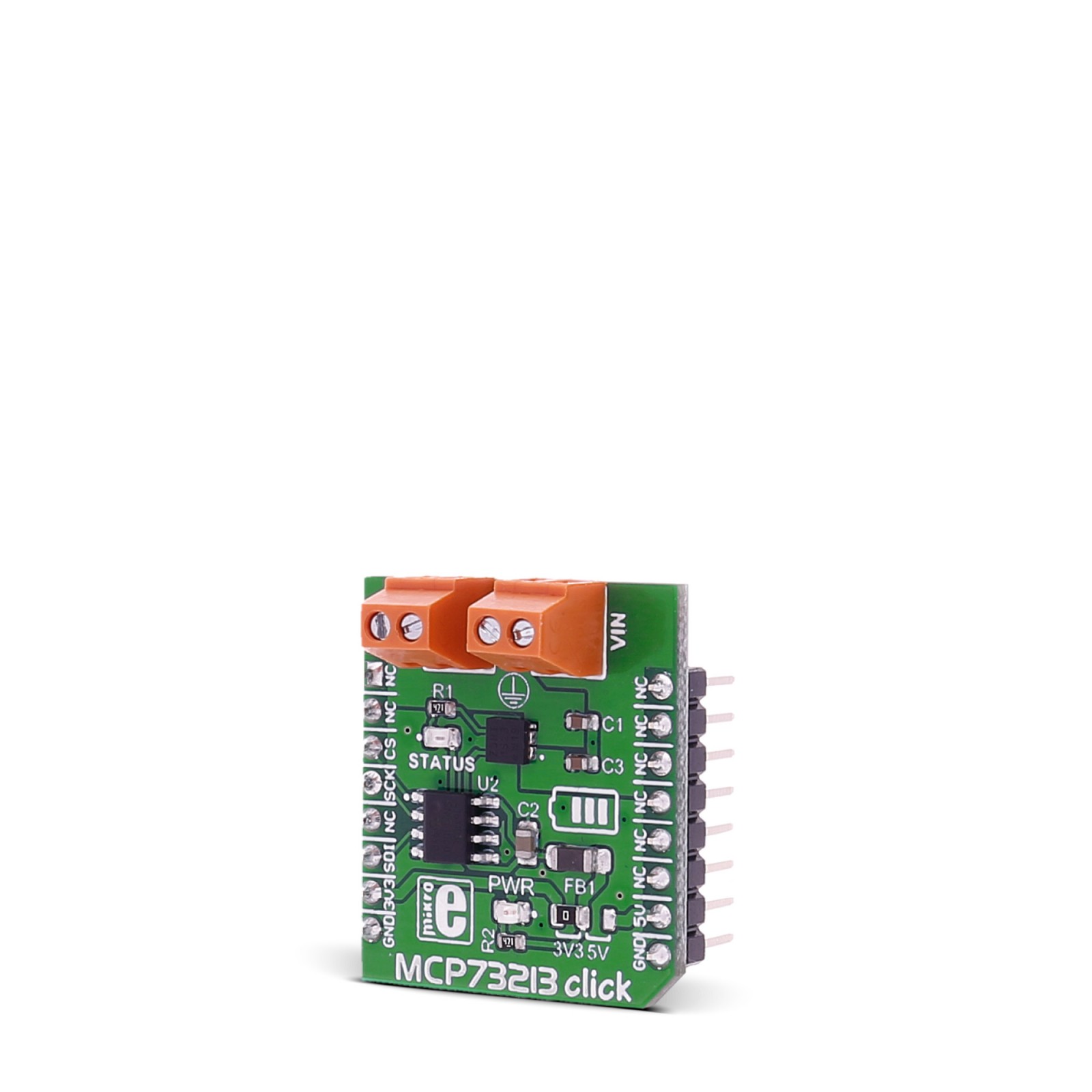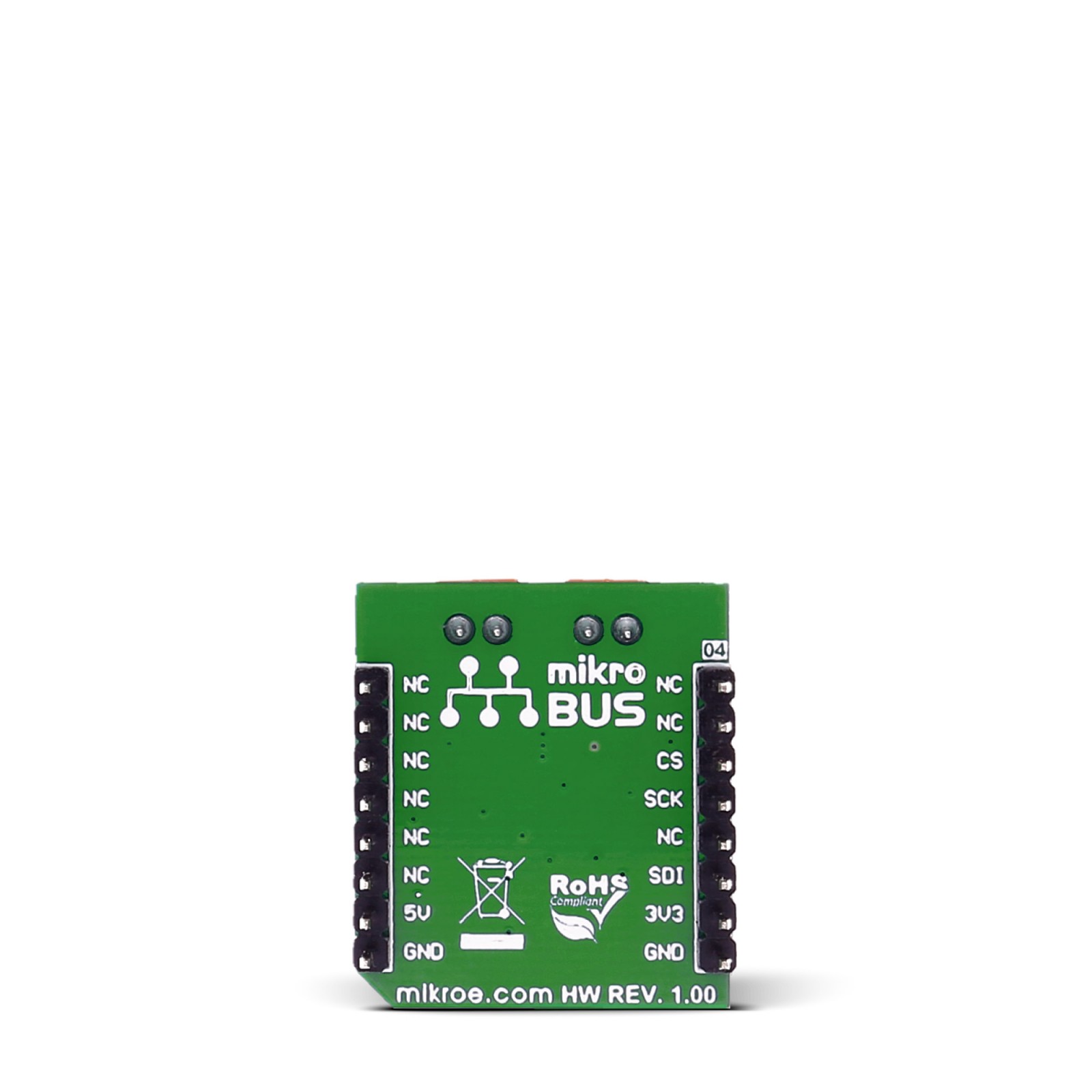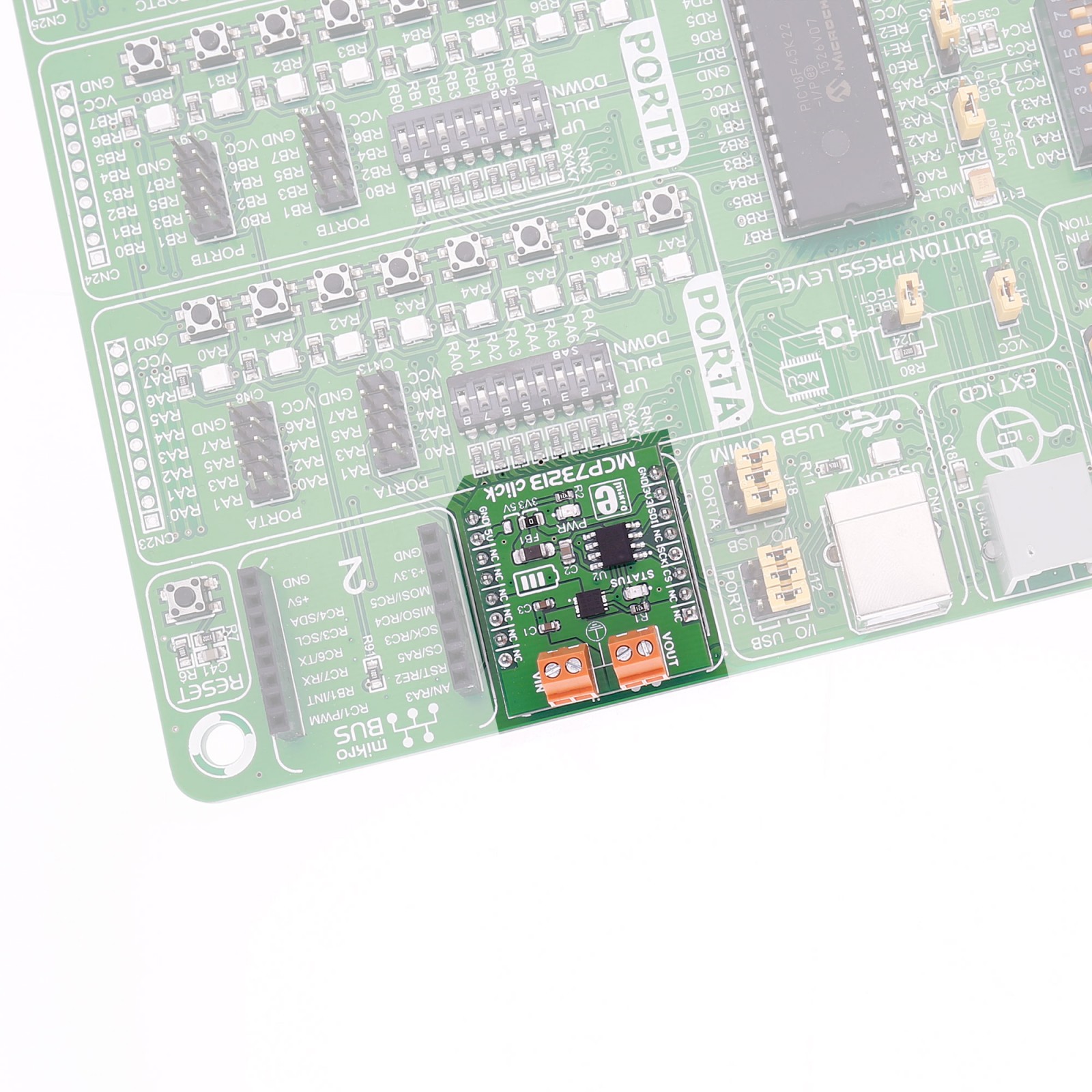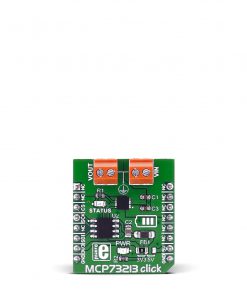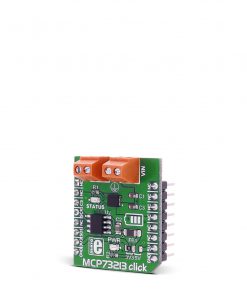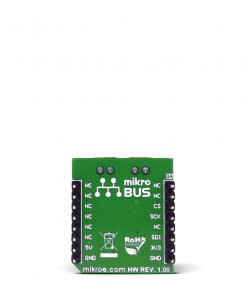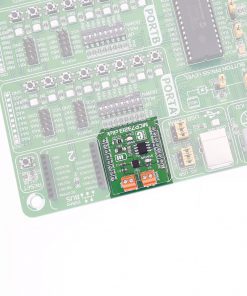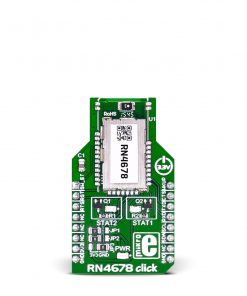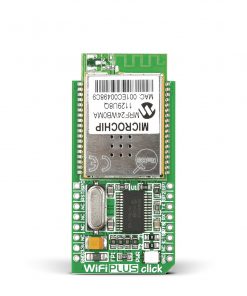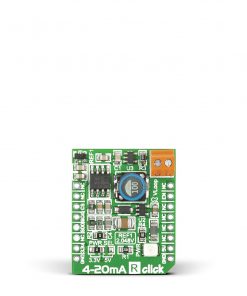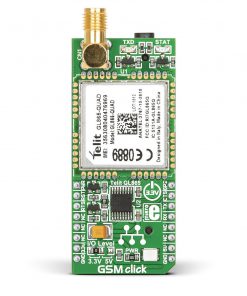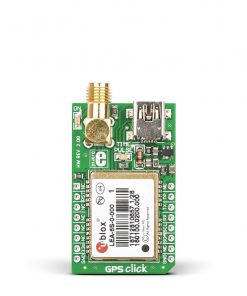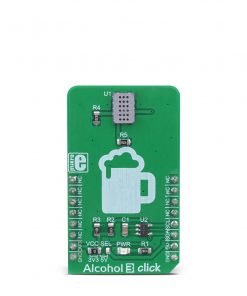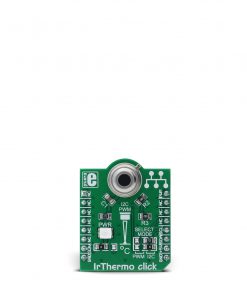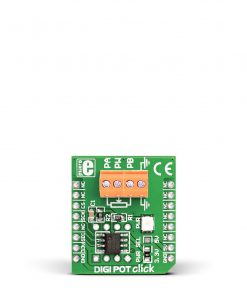MCP73213 Click
R405.00 ex. VAT
MCP73213 Click is a compact add-on board that provides a dual-cell battery charging solution. This board features the MCP73213, a dual-cell Li-Ion/Li-Polymer battery charge management controller with input overvoltage protection from Microchip. The charger needs an input voltage higher than a dual-cell Li-Ion/Li-Po battery. It provides specific charge algorithms for dual-cell batteries to achieve optimal capacity and safety in the shortest charging time possible. This Click board™ makes the perfect solution for the development of Li-Ion/Li-Polymer battery chargers for portable devices and accessories, power tools, and more.
MCP73213 Click is supported by a mikroSDK compliant library, which includes functions that simplify software development. This Click board™ comes as a fully tested product, ready to be used on a system equipped with the mikroBUS™ socket.
Stock: Lead-time applicable.
| 5+ | R384.75 |
| 10+ | R364.50 |
| 15+ | R344.25 |
| 20+ | R331.29 |

